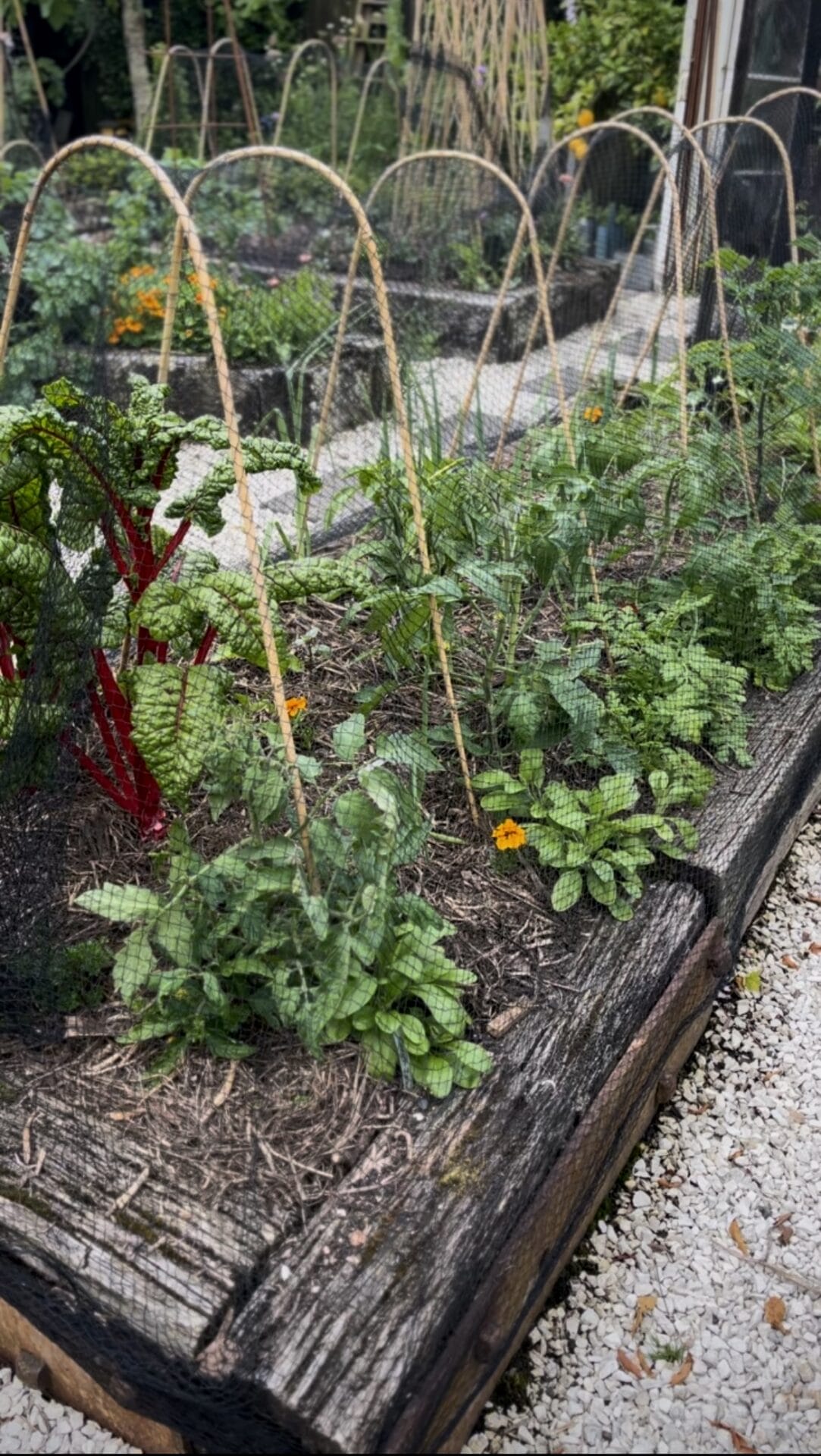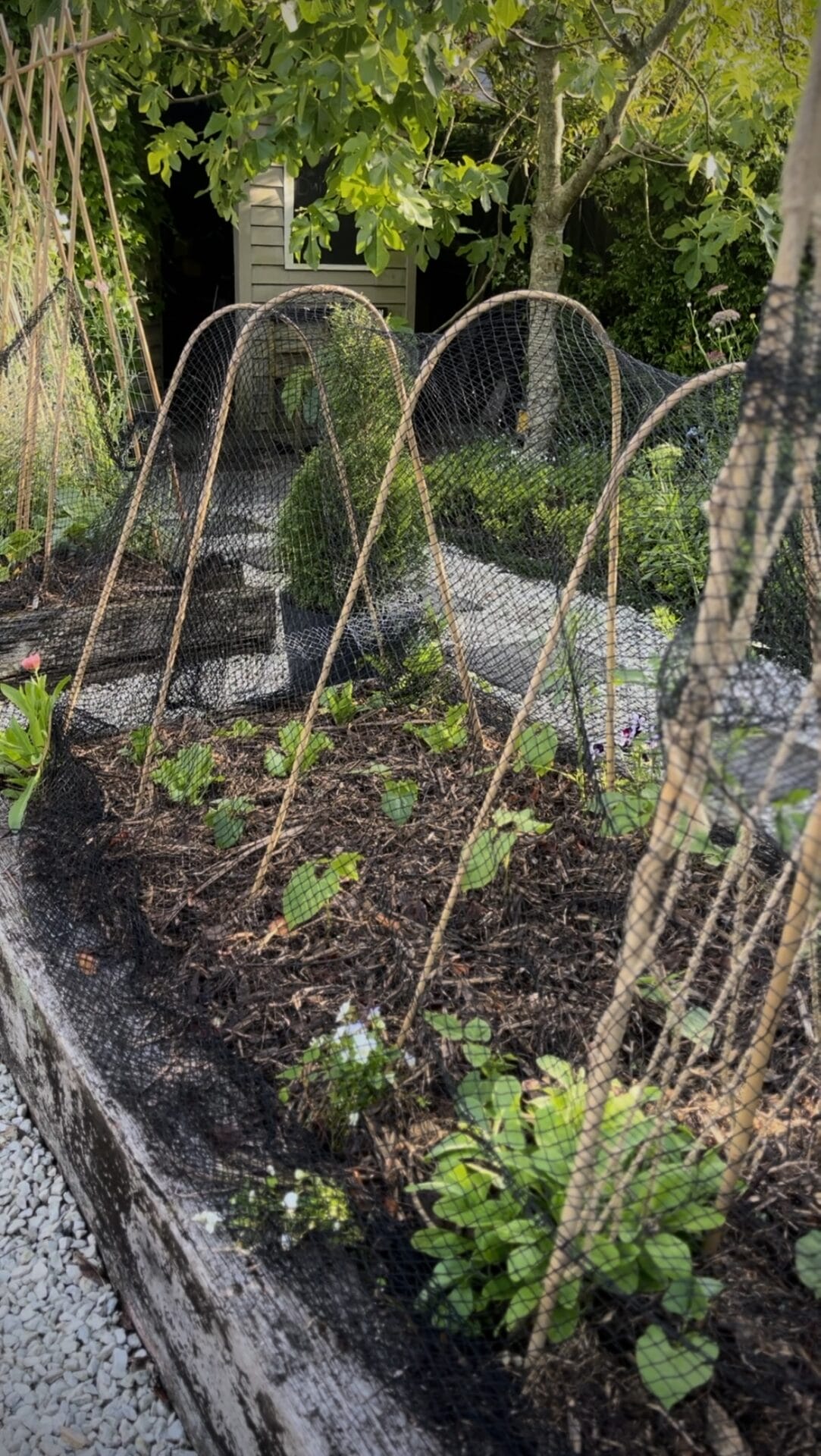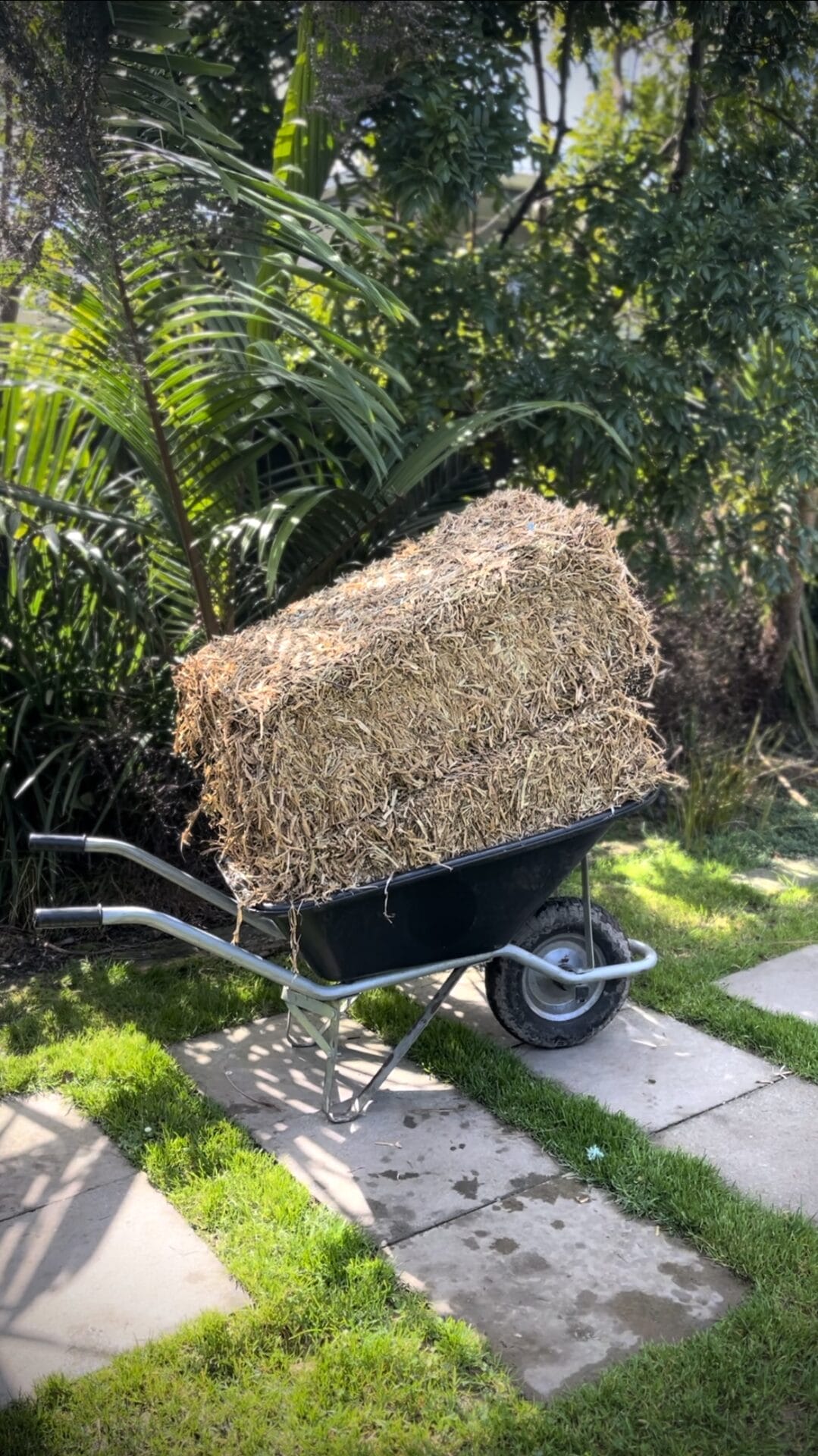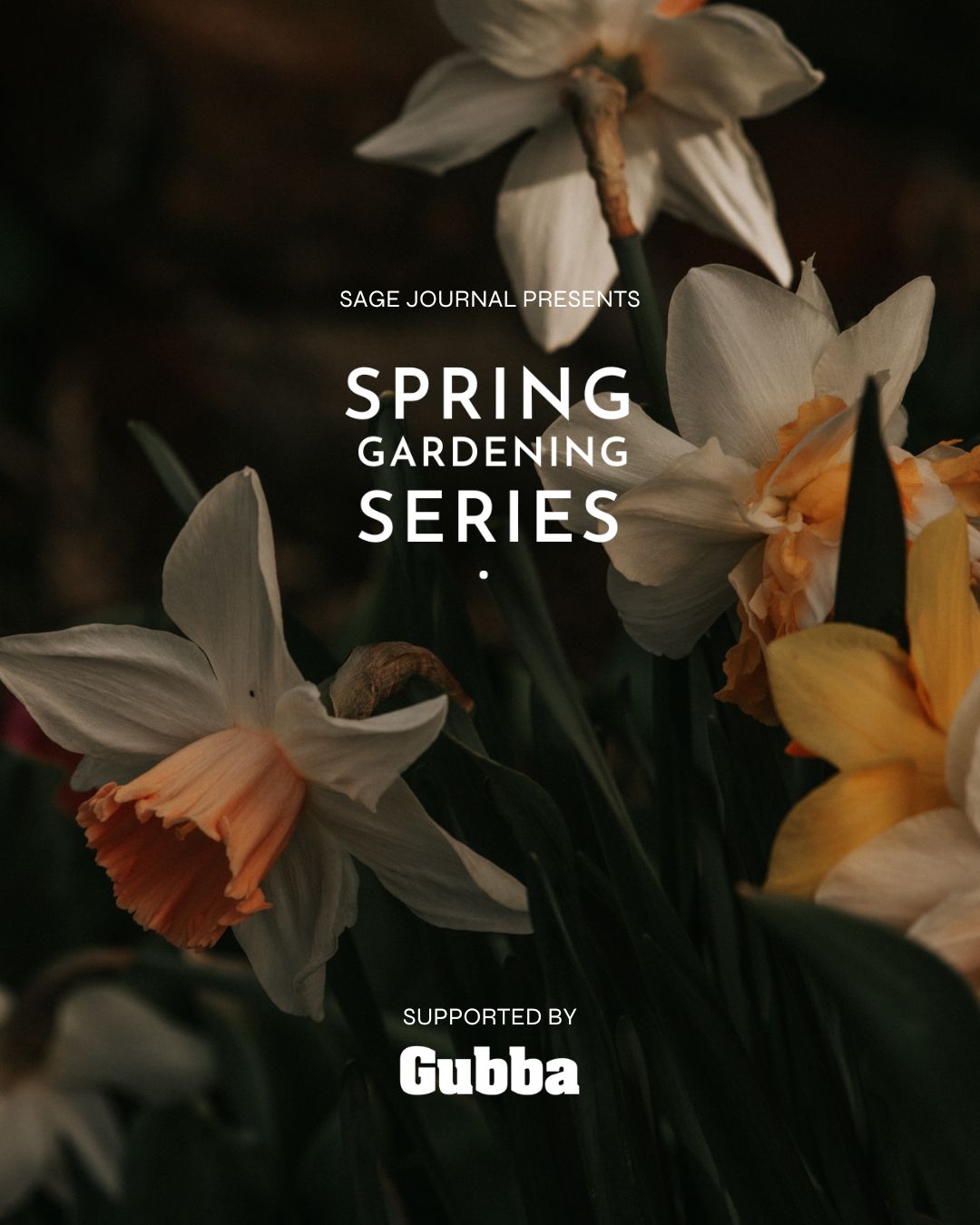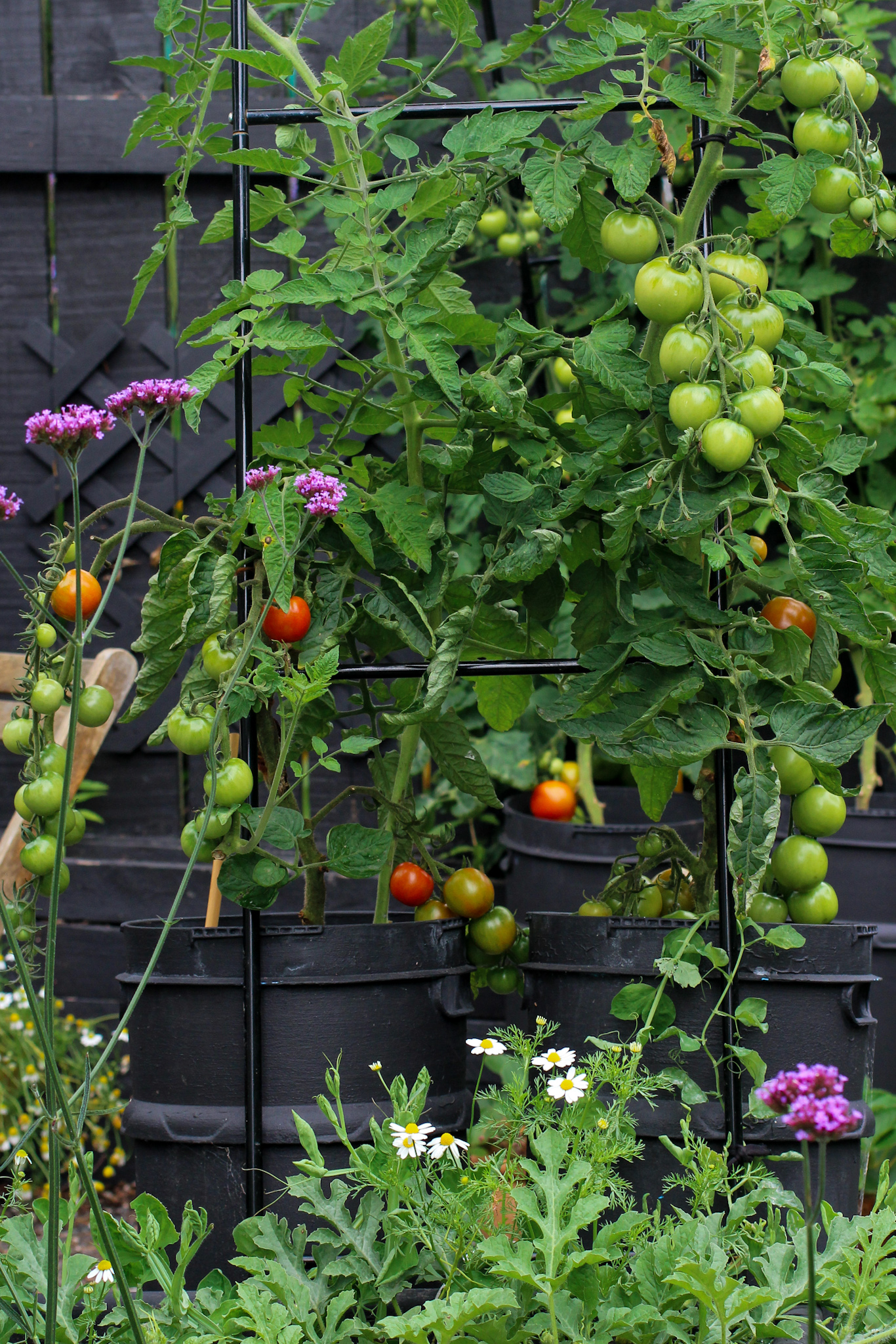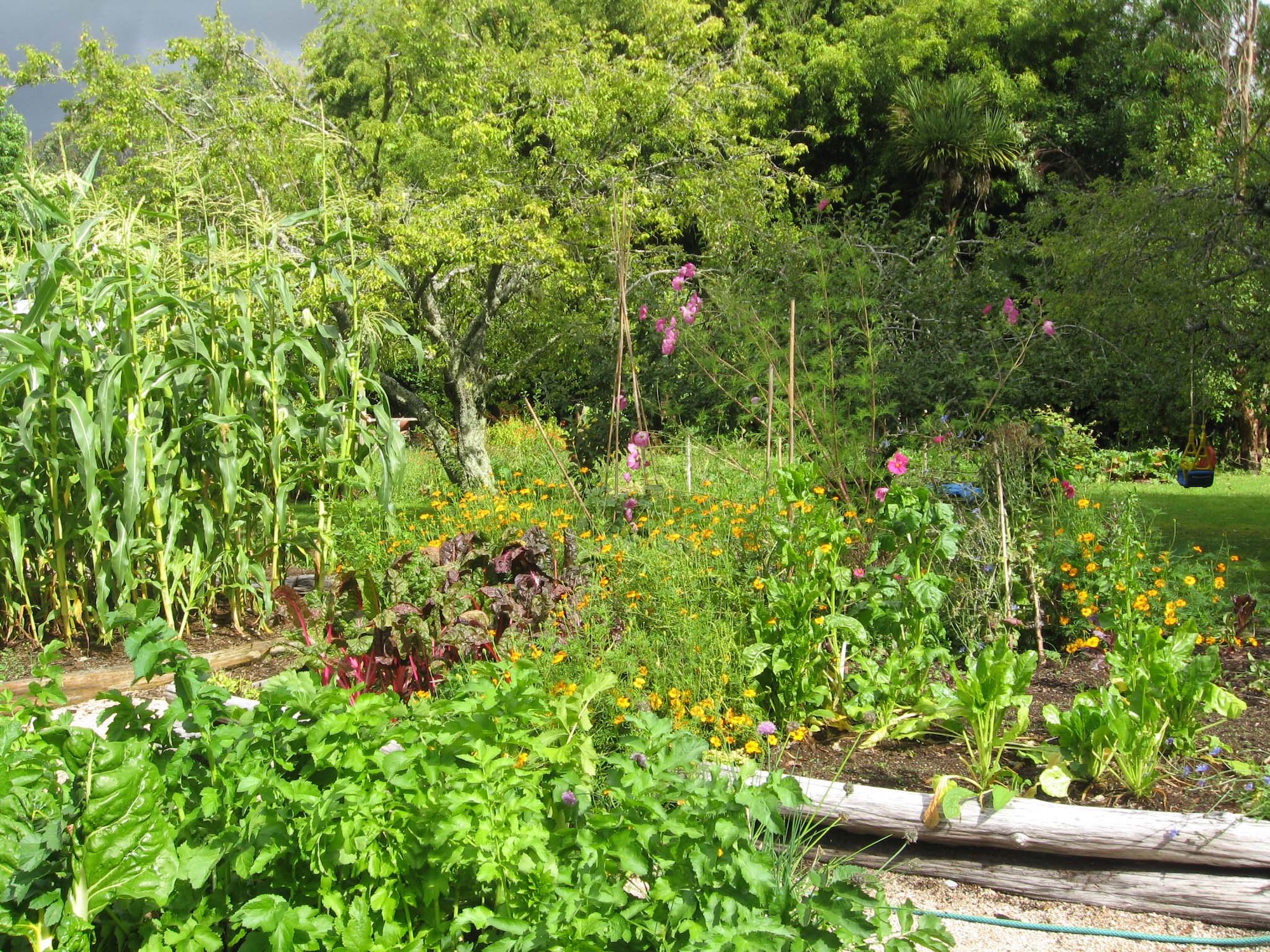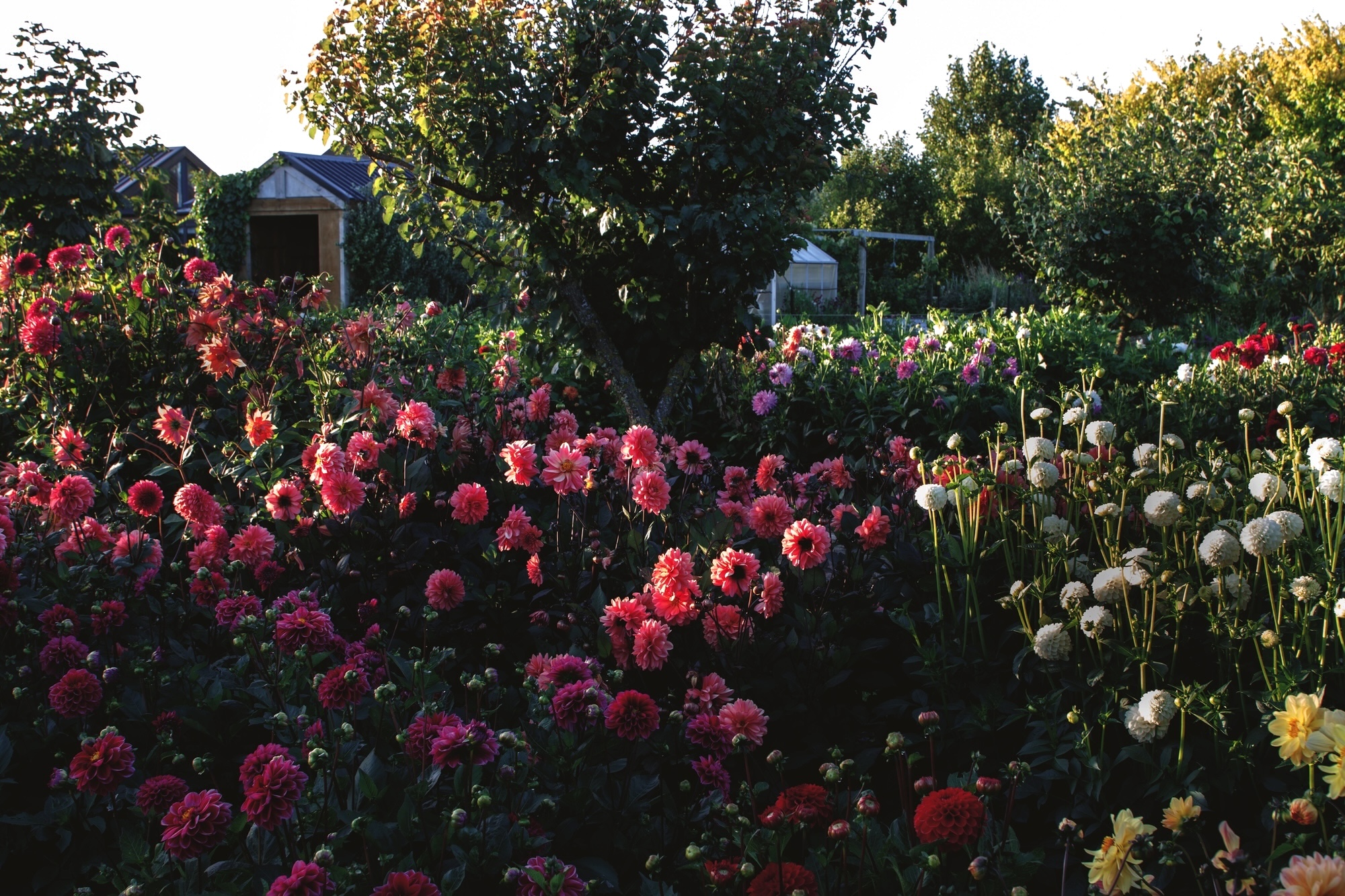Your cart is currently empty!
November gardening guide | Feeding, sowing & planting summer crops
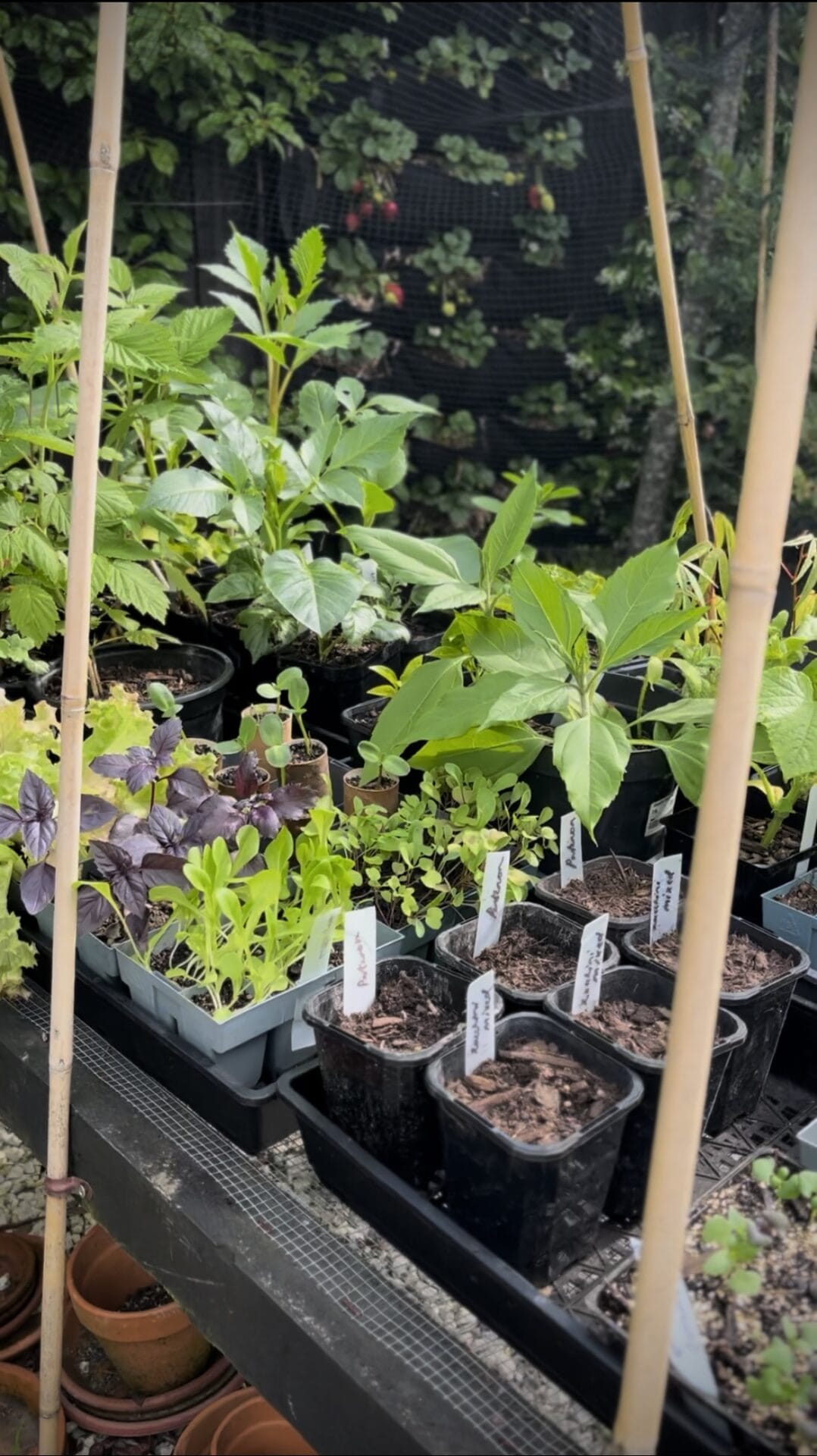
November gardening guide | Feeding, sowing & planting summer crops
Feeding, sowing, planting & more. What to do & plant in your garden for late spring.
The 2025 Spring Gardening Series is supported by Gubba Garden Store.
We’re so close to the end of spring, and everything just seems to be speeding up. Garden growth, soil dehydration, harvest-ready goods… it’s so exciting, but can sometimes feel a bit frantic!
Here’s some November tasks for you to focus on for the next week or two. Pick one task at a time and tick it off, to help lessen the overwhelm.
—
Photos of our writer Phoebe Atkinson‘s Auckland garden

November tasks: End of spring tasks
Here is a quick overview of some of the key November tasks to tackle over the coming weeks:
Feed
Give your gardens a boost with liquid feed. You can easily make your own fermented fertiliser teas to regularly feed your vegetables, fruit trees, annuals and perennials through spring (or use a store bought one like liquid seaweed). You can also add compost, sheep pellets, manure and chopped seaweed throughout the garden.
Water
Get into a regular watering rhythm with your gardens, vegetable plots and especially your pot plants, which dry out faster than garden beds. Things are already starting to dry out.
Summer crops
All your favourite summer crops must go in now, if they’re not already. This includes tomatoes, chillies, capsicums, eggplants, cucumbers, courgettes and sweetcorn.
Prune & feed citrus
The best time to prune citrus trees is around now, when their harvest is over. Prune for shape and to open the tree up, to allow more light into the centre (enough to allow small birds to fly through).
Now is also a good time to feed citrus trees, to encourage fruiting and flowering for the next harvest. Sprinkle blood & bone and/or sheep pellets around the outer edge of branches, and mulch the base of trees — helping shallow roots get nutrients and stay protected.
Mulch your beds
As the weather gets hotter, the need for moisture in the soil becomes greater and the value of mulch becomes evident. Mulching conserves soil moisture, keeps roots cool (which slows bolting), prevents weeds and improves the quality of the soil by adding organic matter.
Mulch should always be applied after the soil’s had a good soaking, ideally after a heavy rain (or by hand). Apply blood and bone or sheep pellets, then apply mulch 10-15cm deep.
Peastraw is a great option and can be purchased by the bale for a more cost effective option. Beware using dead leaves as a mulch on beds with new seedlings as they are often a mollusc nursery full of slug and snail eggs!
Pest & disease prevention
When it comes to pests and disease, prevention is easier than trying to fix the problem once a plant is weakened. And healthy plants have a higher resistance to disease and pest damage than unhealthy ones. Feed, water and mulch plants well when they need it and they’ll resist most diseases and withstand most attacks.
However no matter what, I always find powdery mildew affects my peas, courgettes, calendulas and dahlias. Sarah Raven of Perch Hill has had great success with chive tea (having antifungal properties). Always learning through practice, chive tea is now on our agenda (make as a liquid fertiliser and spray on foliage of susceptible plants weekly).
Try planting things like chives, garlic chives and marigolds to repel pesky insects like nematodes, whitefly and aphids.
Slugs and snails:
The molluscs reliably emerge and begin their assault afresh. While I’m pragmatic about the realities of gardening with pests, (slug ravaged arthropodium, I’m looking at you!) when it comes to the veggie garden I prefer organic methods of control. I’ve found a counter-assault of three consecutive torch-lit night raids makes a significant dent on the population – and once committed to the taskat hand, it can be strangely meditative!
Birds:
Though spring chicks are delightful in nearby nests, they’re my nemesis in the spring garden, devouring fresh seedlings and scratching them up looking for worms in freshly laid compost. I’ve found a simple protective barrier made of black bird netting (the heaviest gauge for snag free and reusable purposes) draped over bamboo hoops and pegged to the soil with weed mat staples to be my best defence.
Related reading: Spring disease prevention & management | What to do about powdery mildew, rust & black spot
Sow & sow again
Little and often – for both blooms and vegetables. This is the secret to successional gardening which will reward you with an ongoing supply rather than one glut and done.
